From 2025 onwards, the LMP3 prototypes will replace the Nissan VK 5.6 V8 engine for a new Toyota 3.5 V6 biturbo, derived from the production V35A-FTS with Oreca preparation. This change, motivated by the end of production of the V8 engine by Nismo (scheduled for the end of 2024), will begin the third chapter in the history of this category. With this change, the four homologated manufacturers that remain active (Adess, Duqueine, Ginetta and Ligier) have announced plans to update their cars, in a demonstration of confidence in the success of the category.
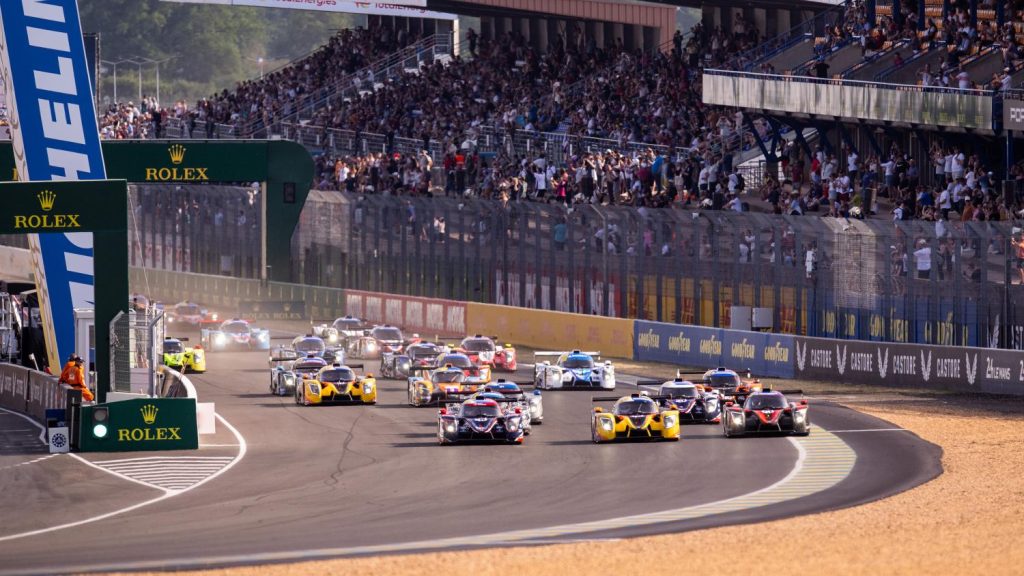
A brief history of LMP3:
Created in 2014 by the Automobile Club de l’Ouest (ACO), the LMP3 class emerged as a category for access to prototypes, partially replacing the CN Group prototypes that competed in Europe and Asia. Initially, six manufacturers were approved to develop cars for the new category:
- Adess
- Dome
- Ginetta
- Norma (atualmente Duqueine)
- Onroak (atualmente Ligier)
- Riley
Evolution and dominance:
As time went by, some projects stood out. Dome did not launch its prototype, while Riley’s project in partnership with Ave Motorsports had limited production and was restricted to the first generation of LMP3. Among the others, the Ligier prototype dominated the market, with the Ginetta-Juno project as its biggest competitors in the first homologation period and the Duqueine D08 in the second phase.
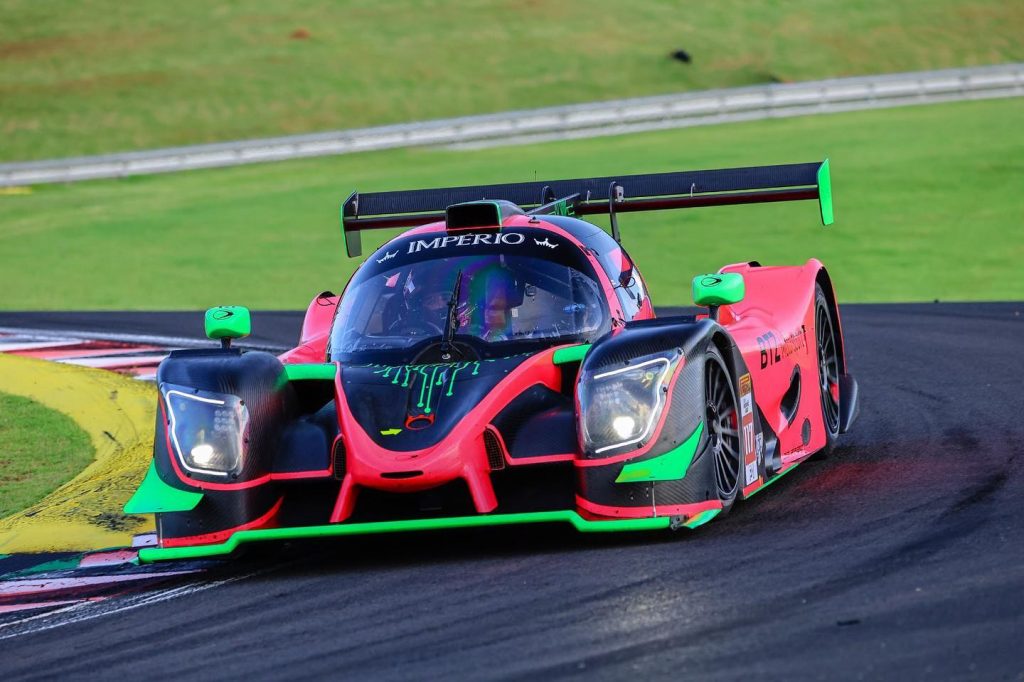
A new era with a new engine:
The switch to the Toyota engine marks the start of a new homologation period, which extends from 2025 to 2029. Interestingly, this engine has a piston diameter of 85.5mm for a stroke of 100mm, resulting in a sub-square characteristic (piston diameter smaller than the stroke), which results in a longer connecting rod and consequently greater oscillating mass, with two consequences: greater robustness at the cost of a limitation regarding the possibility of achieving higher rotations, but suitable to the proposal a supercharged engine, especially true in this case, taking into account that in the street configuration the V35A engine already has 420 HP, very close to the target of 470 HP for the LMP3 configuration.
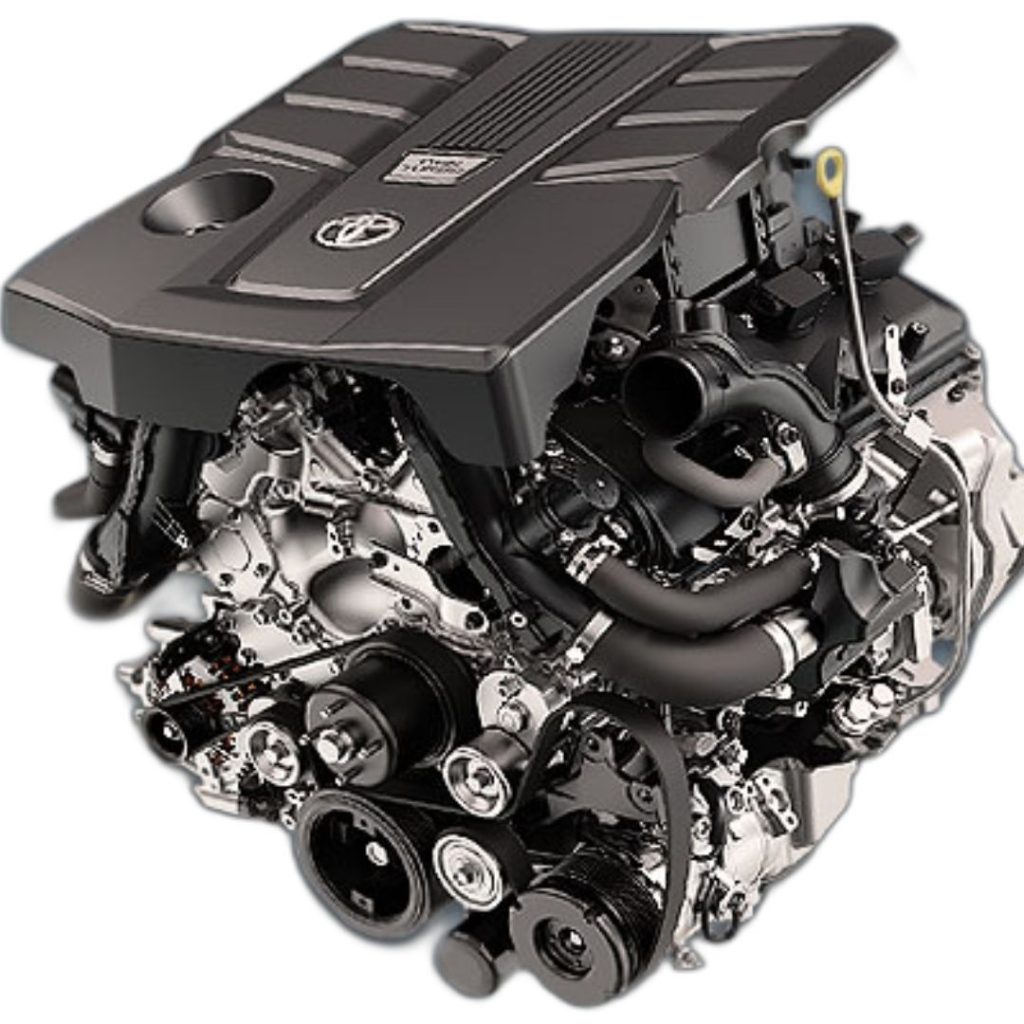
Among the interesting features of this engine are the exhaust manifolds integrated into the cylinder head, reducing mass and assembly complexity (the same solution can be found in the engines of the Stellantis Firefly and Volkswagen EA211 families, for example).
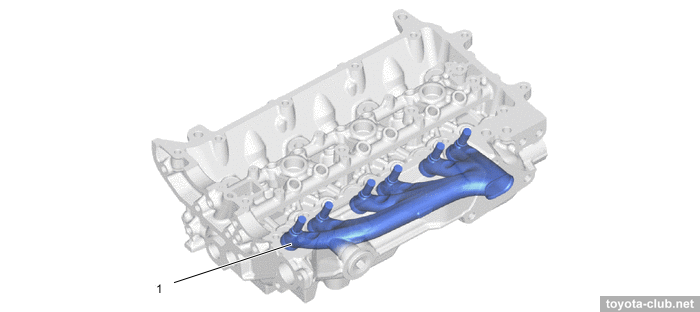
Furthermore, valve seats are not produced by the traditional process from a sintered disc, assembled under interference in the cylinder head and machined to the final dimension. In the case of the Toyota engine, the seats are created in the cylinder head by a laser cladding process of a copper-based alloy, a process that originated in the 90s, used in the engines of Group C Toyotas and the Celica GT-Four of the world rally championship, which allows for much thinner seats and better thermal exchange between the valve and head.
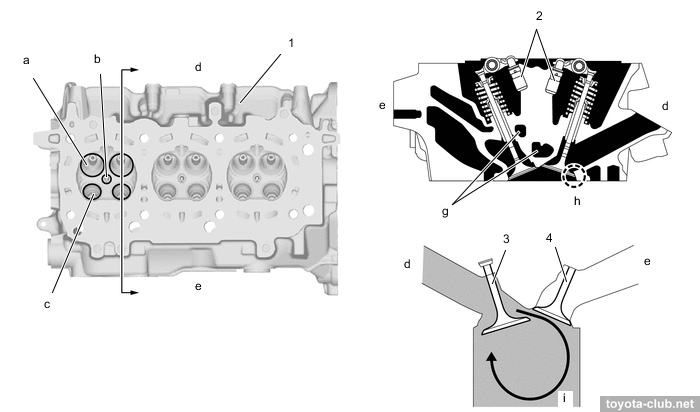
The engine block, made of aluminum with cast iron liners, also has a bedplate, which adds rigidity to the structure (a solution that can be found in Brazil in Firefly family engines and some Fire family engines, such as the T-JET).
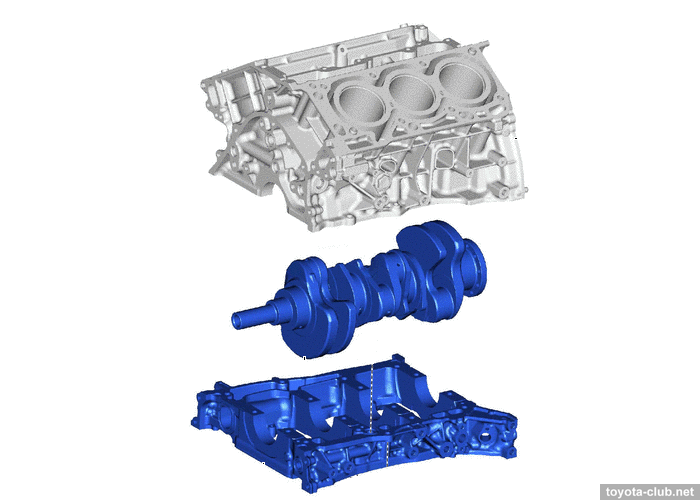
Another interesting street engine solution is the use of watercoolers instead of intercoolers. While intercoolers exchange heat using the air-to-air mechanism (the hot air leaving the turbine compressor being cooled by the passage of external air), watercoolers use the air-to-water mechanism, with a water circuit dedicated to cooling the air. suction, a solution also present in the turbo engines of the Volkswagen and Stellantis groups, and which allows greater thermal exchange in conditions of low speed and high ambient temperature.

How much of these systems will be retained for the LMP3 engine is still a mystery, and it is very likely that the watercooler system will be replaced by a traditional air-to-air intercooler to reduce mass and the center of gravity of the powertrain. It remains to be seen what the durability of this engine will be like, which has had a history of recalling more than 100,000 units in the United States due to a flaw in the machining process that led to failure of the crankshaft bearings, although according to Toyota the problem has remained limited to a specific production period.
Expanding market:
The market for LMP3s is promising, with championships such as the European Le Mans Series (ELMS), Le Mans Cup and VP Racing SportsCar Challenge, in addition to several national and regional championships. Our estimate is that, in 2024, the potential market will be above 100 active cars.
New cars for 2025:
So far, three manufacturers have presented their new cars for 2025 (Adess, Duqueine and Ligier), with Britain’s Ginetta confirming that it is also developing its updated G61-LT-P3 prototype to the new regulations. In the next few days you will be able to check out our technical analysis of the cars presented, and as soon as the new Ginetta car is presented we will also bring its analysis in our media.
- Adess AD25
- Duqueine D09
- Ginetta ???
- Ligier JS P3-20
Sources:
Toyota Rethinks the Flagship. Available at: https://www.mobilityengineeringtech.com/component/content/article/43334-sae-ma-02636.
Toyota engines – V35 – Dynamic Force series (V6). Available at: https://toyota-club.net/files/faq/19-09-10_faq_df_v6_eng.htm.

